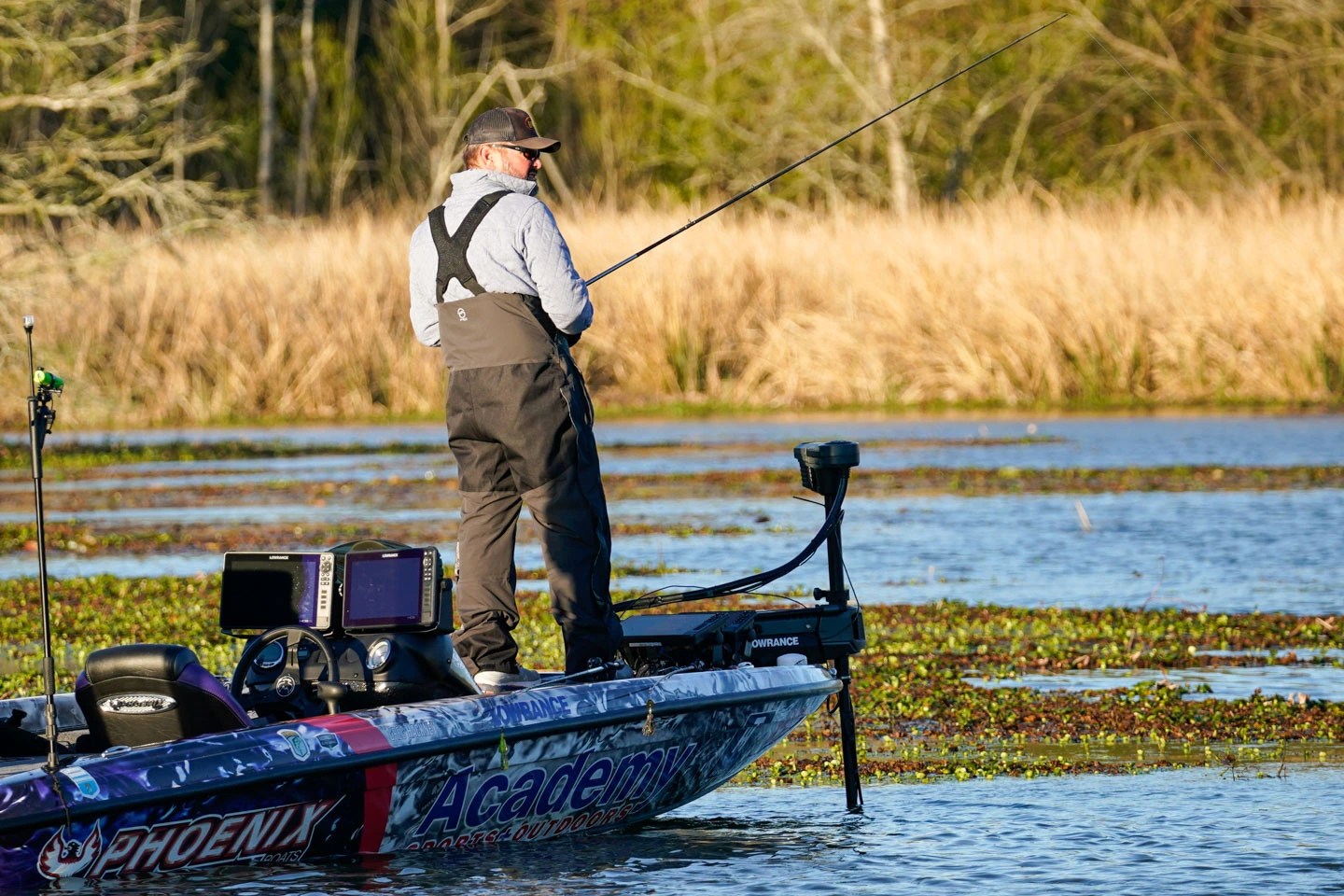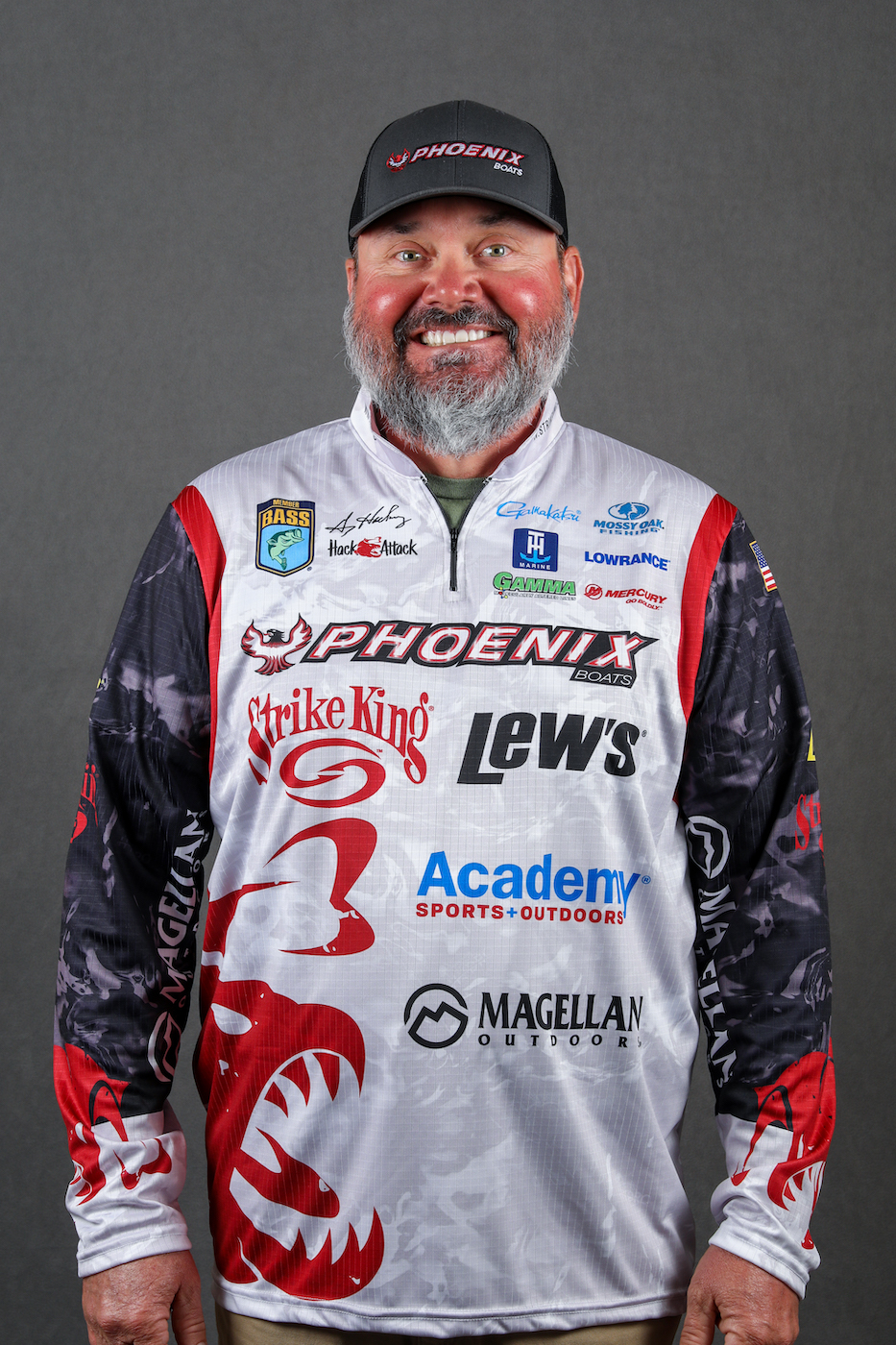
We’ve had fronts pass throughout the South the past few weeks, and they can sure shut down the good action and throw anglers into a tizzy.
Unless, of course, you’re among those who are willing to adjust with the conditions.
I’ve been fishing a lot around home and have seen it firsthand. In fact, I was working with a Strike King video crew recently and saw a big swing in what it took to catch bass before, during and after a major front.
I could power fish during and before the fronts, but during the down period when the skies are bright and the lake slicks off, I knew to make a change.
When we started filming, the water temperature was 83 degrees, and by the time we finished up a few days later it was 63.
Before the front I was catching fish on a big buzzbait, spinnerbait and crankbait. As the front passed, I caught a couple on a buzzbait and a big jig early the next morning, but I saw that bite tailing off quickly.
As a veteran tournament angler, I’ve seen this many times before. It doesn’t necessarily mean the fish left or quit biting. It means they stopped biting the bigger stuff.
So, instead of throwing the KVD 2.5 crankbait, I’ll switch to a 1.5, or in the case of the video shoot, I dropped down to the Strike King Chick Magnet Junior, a 1/4-ounce flat-sided crankbait and began catching fish.
Instead of flipping a jig, flip a tube. Instead of a 1/2-ounce buzzbait, go to a 1/8-ounce buzzbait. Ditto on the spinnerbait.
You don’t have to make huge bait adjustments, just downsize the profile of what had been working prior to the front.
The fish can’t talk but if you make the right adjustment they will tell you.
Unfortunately, many anglers get too caught up in how the bite was before the front. And when the bite had been so good with the bigger stuff, it’s hard to put it down. It’s easy to fall into the mindset that you need to throw bigger baits to coax a big fish to bite.
Yet, under those post frontal conditions, any bite is better than none; the key is to generate bites. You may catch a little one, then another, then another, and then suddenly you run into a big one.
I have seen it time and again — that’s how you catch big ones after the front passes.
It’s especially true this time of year since the shad are typically tiny. Sure, you can get by with bigger baits before the front, but when it hits and the bite disappears, it’s time to match the hatch.
These fronts will remain a common occurrence throughout the fall, so watch the weather and recognize when the conditions are changing. Fish in the moment and don’t be afraid to downsize when the bite seemingly disappears.





